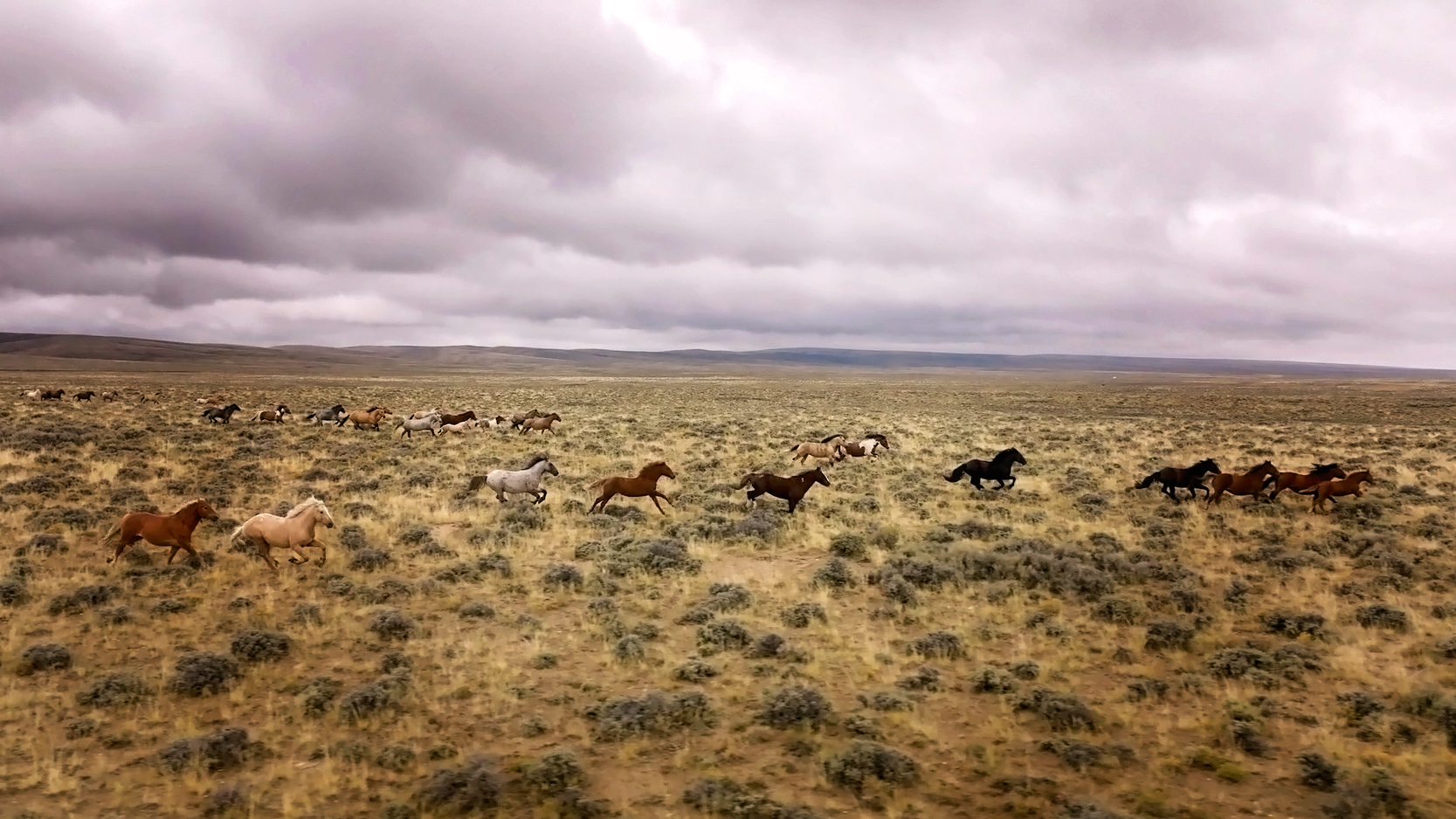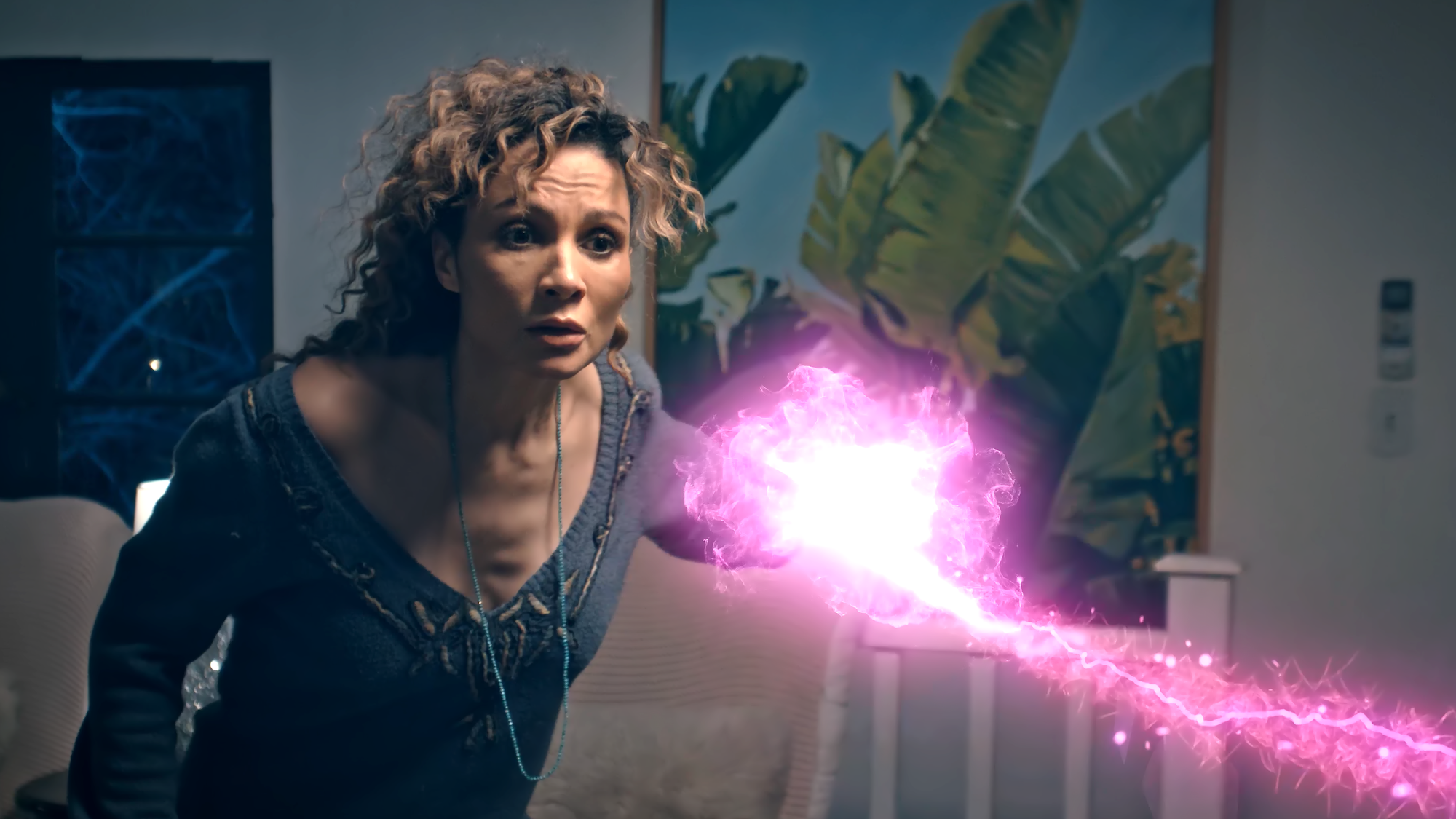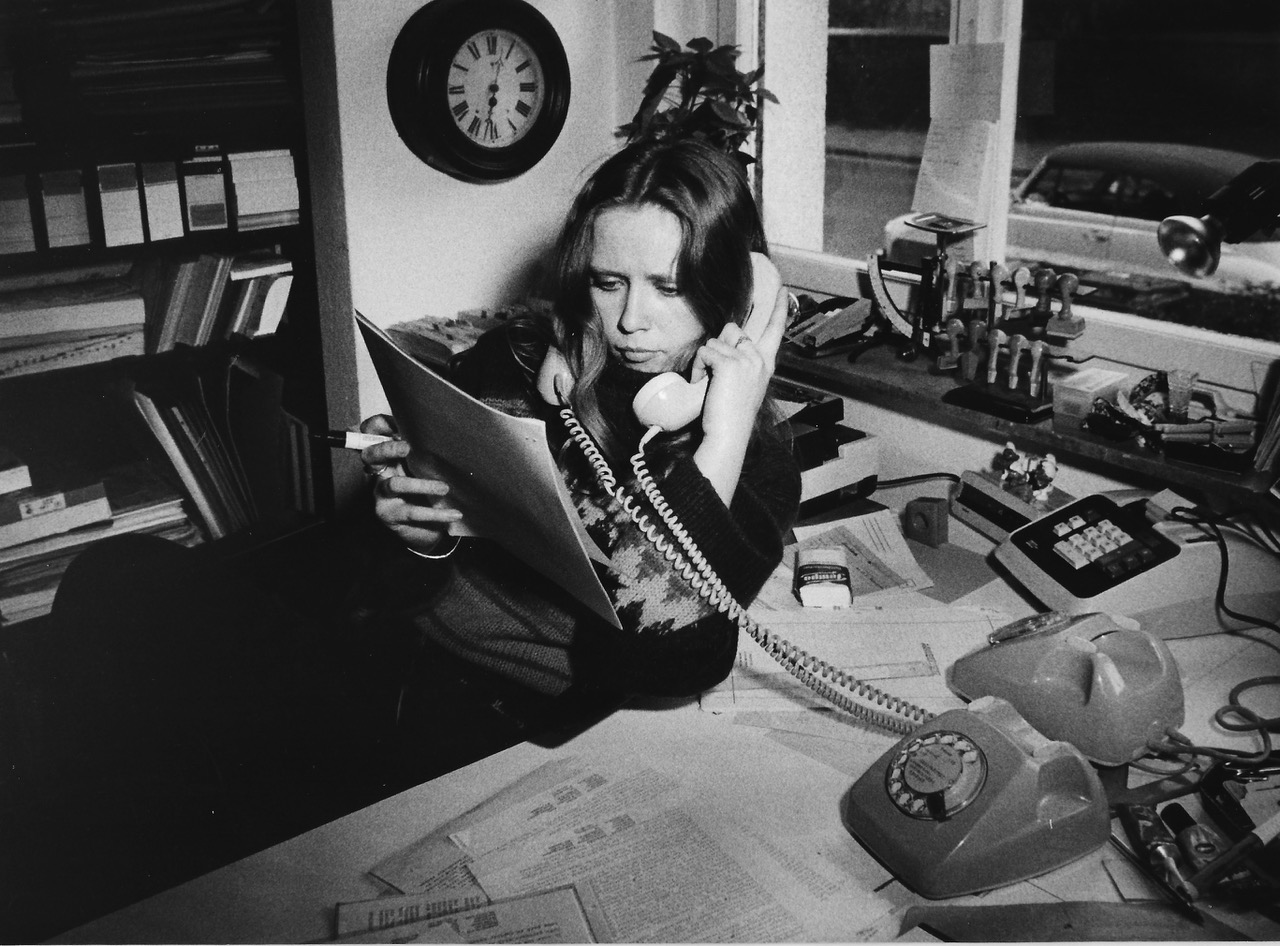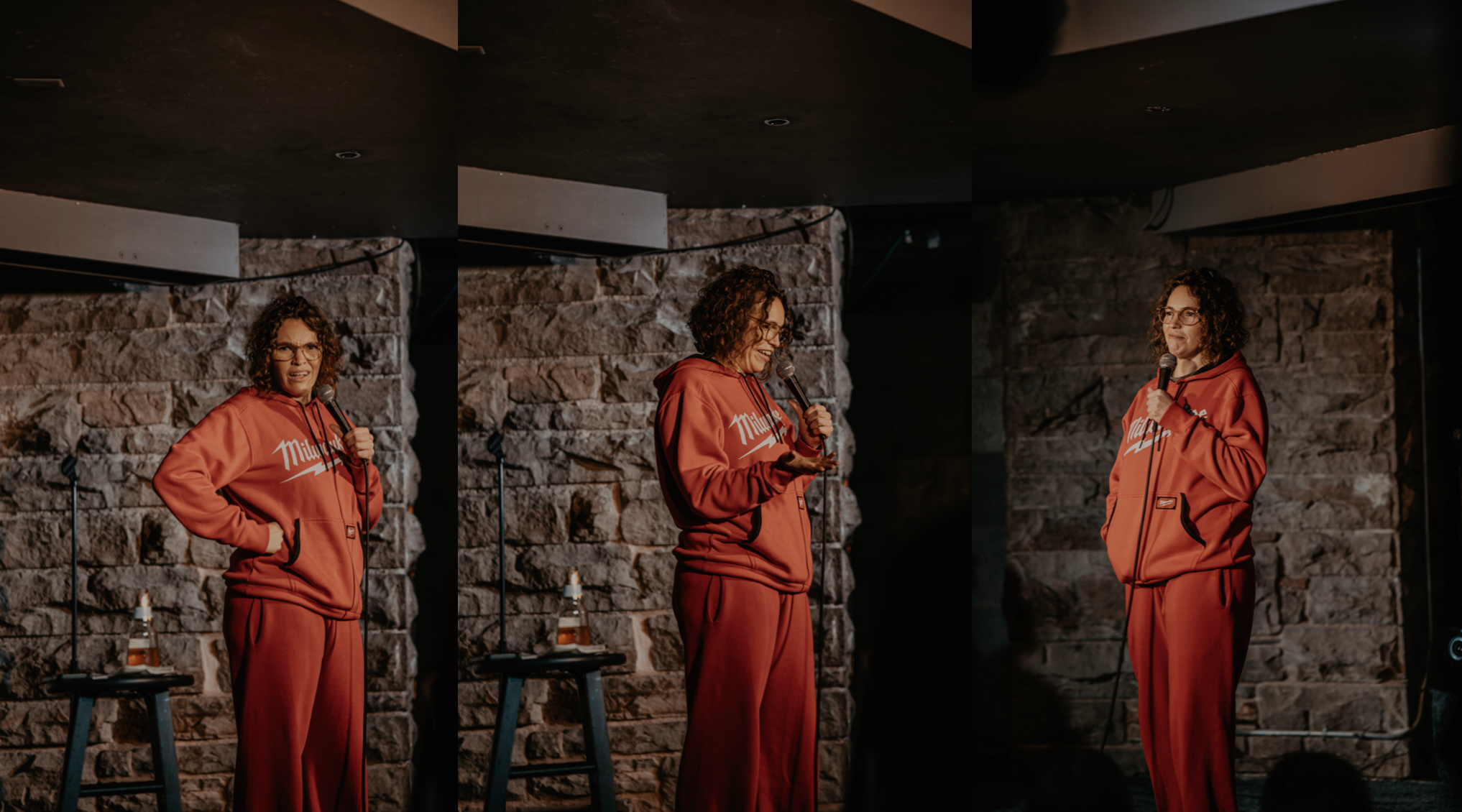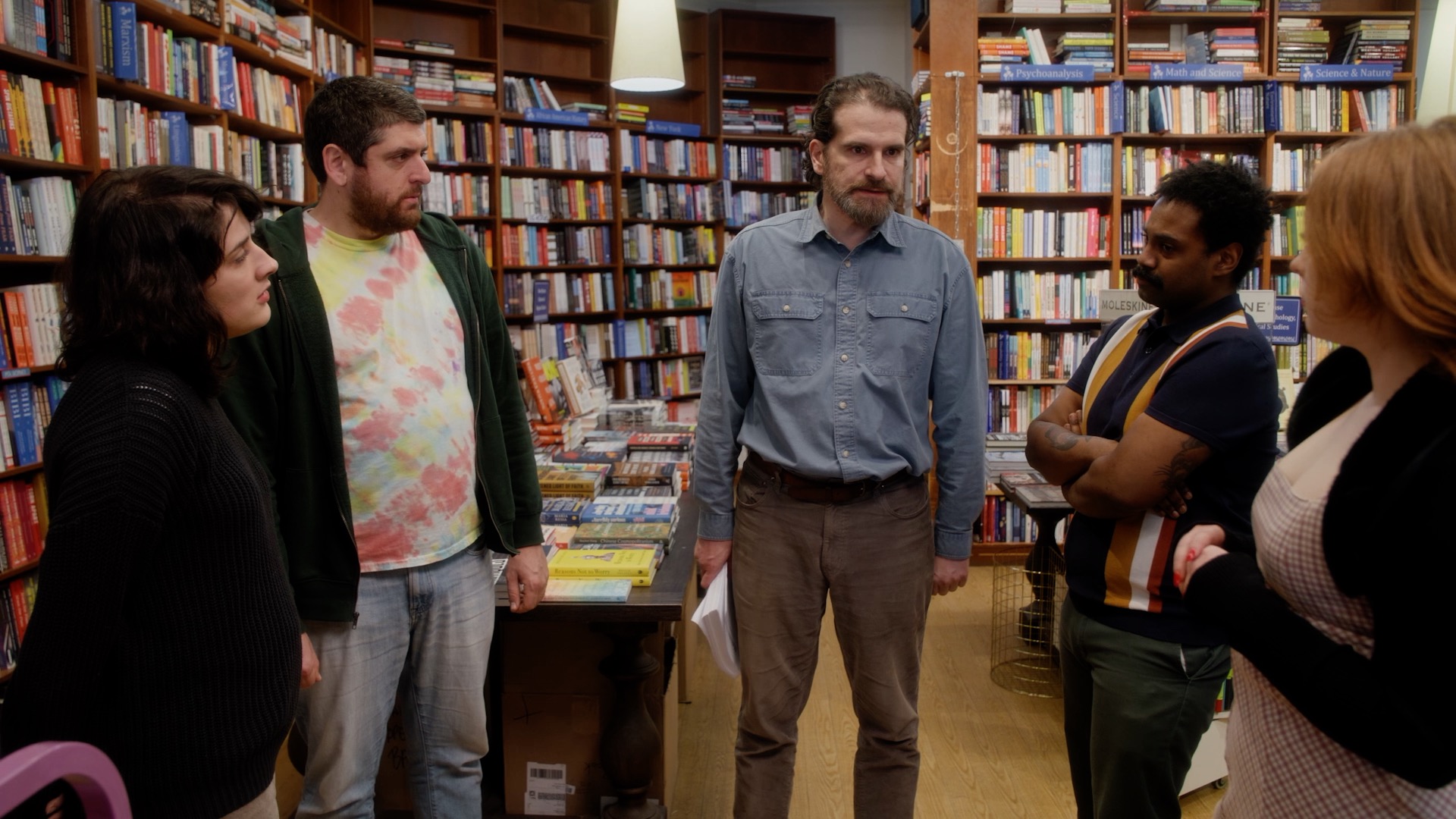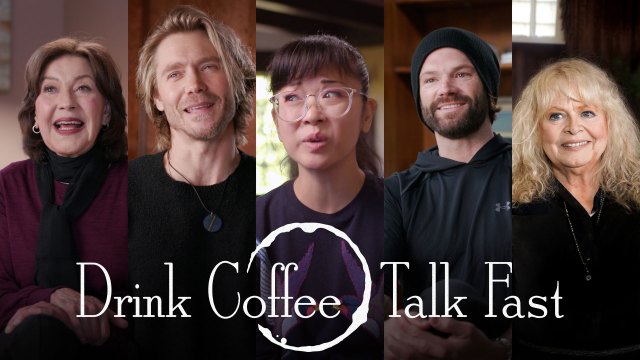
By Meghna Balakumar
In 2005, after a year in India, my family moved back to the U.S. and settled in Potomac, Maryland, one of the wealthiest neighborhoods in the country. At ten, I joined a recreational soccer team coached by the owner of Total Wine & More. We were middle class, and I never knew how to connect with the other girls on the team, whose conversations centered on horseback riding or family vacations to private islands.
I was shy, sheltered, and mostly listened from the sidelines. One practice, I overheard them buzzing about Gilmore Girls, comparing DVD box sets and talking about the new season. For once, I thought: maybe if I watched, I’d finally have something to say.
This was before streaming, and I’d flip on our Samsung plasma TV which I was sure made us very hip, and wait impatiently for 7th Heaven to end so Gilmore Girls could begin on ABC Family. Slowly, my whole family got drawn in. My brother leaned over the stairwell craning his neck to see. My dad sat on the couch with his BlackBerry, occasionally looking up like Richard from his newspaper. My mom cooked in the kitchen but still managed to absorb entire storylines.

For a family straddling different generations and cultures, it became one of the rare things we could all sit down and watch together. Without meaning to, we became a Gilmore household. The truth is, we all recognized ourselves somewhere in that show. And also, we were all a little lonely. I never connected with the soccer girls over Gilmore Girls, but I found something better: Stars Hollow, a fictional town that felt more like community than the real one around me.
That longing for connection is why the show still matters in 2025. Being a teenager has never been easy, and that’s one thing that hasn’t changed in 25 years. If anything, it’s harder now, with the world reduced to an endless scroll of headlines, all noise and no pause. Gilmore Girls was the opposite. Even with its mile-a-minute dialogue, it gave you space. The rhythm wasn’t frantic, it was intimate, like being folded into a conversation you didn’t want to leave.
And while the pace of life has only accelerated, social media has at least given the new generation space to create its own discourse around the show, keeping the debates alive and making Stars Hollow feel just as immediate as ever.
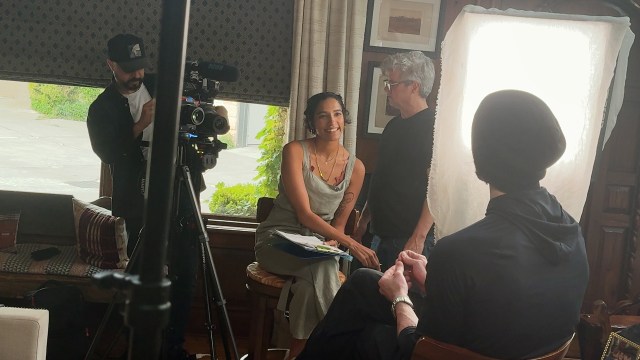

The characters carry the same pull. Lorelai is not a stock TV mom. She is ambitious, sarcastic, vulnerable, and deeply human. Rory’s story is really about her education and ambition, though you wouldn’t know it from the way her boyfriends have taken over the discourse. Lorelai and Sookie’s friendship remains one of television’s rare examples of women supporting each other without rivalry.
Lane and Mrs. Kim’s dynamic captured generational clashes that rang true for so many families, and honestly, Mrs. Kim had more character growth than most of us can say about our own mothers. Amy Sherman-Palladino built a universe expansive enough to hold all of it: messy families, supportive friendships, eccentric neighbors, dreamers, misfits.
When Gilmore Girls first aired, it slipped under the radar. On a small network and centered on women, it was easy for the industry to dismiss, even though everything that made it extraordinary was there from the beginning. Streaming didn’t change the show, it only gave audiences the chance to finally notice. And what those audiences found was something bigger than Rory’s private school world or Ivy League dreams.

Most fans came from middle America, connecting not with her circumstances but with the themes: ambition, family conflict, loneliness, and the search for belonging. That universality is what allows the show to cross generations. Parents and children can watch together and each see themselves in different characters, depending on where they are in life. Every rewatch reflects something new back at you.
For me, Gilmore Girls started as a way to try and fit in. That never quite happened. But what I found instead has lasted much longer: a comfort, a mirror, a reminder that family and relationships are complicated, and that sometimes the ones you choose can mean as much as the ones you are born into.
And that is why in 2025, Gilmore Girls still matters. Because when the world feels too heavy, Stars Hollow is still there, offering coffee, conversation, and a vision of chosen family that reminds us we are not alone. In the end, that is what we are all doing: searching for Stars Hollow, and finding connection in the process.

‘Gilmore Girls’ is part of television and cultural history. The show has lived in the hearts of millions through seven seasons of television, a four-part Netflix revival, novels, essays, convention panels, and an enduring online fandom. It has inspired pilgrimages to filming locations, endless rewatches, and friendships that span decades. Now, in honor of the iconic show’s 25th anniversary, it’s time for a transformational new examination of the beloved show’s role in American cultural history, featuring new interviews with members of the original cast, writers, and fans to share their stories, commentary, and perspectives in the all-new documentary. Drink Coffee, Talk Fast, is an in-depth and defining portrait of one of the most beloved television series of all time, raising production funds through a Kickstarter campaign where fans can be part of the journey bringing these stories to a wider audience.
The documentary, directed by documentary filmmakers Meghna Balakumar and Kevin Konrad Hanna produced by Ink On Paper Studios and Executive Producer Adam F. Goldberg, features all new, never-before-seen interviews with cast members, behind-the-scenes insights from the crew, stories from writers and directors, and heartfelt testimonials from fans whose lives were changed by the show. This new transformational perspective comments on the show, critiques its impact and historical importance, from a wholly new and different perspective.











